Description
Leonardo DaVinci tended to compensate for his lack of an education in the classical sense with an excess of empirical studies. The most famous of these is the Vitruvian Man so called because it is based on a description of the ideal human proportions by Roman architect Vitruvius (around 85-20 BC) The study of ideal proportions illustrates the mingling of art and science during the Renaissance perfectly. Da Vinci viewed the human body as a reflection of the universe. He therefore referred to his anatomical studies as cosmografia del minor mondo. A popular though unproven theory is that Da Vinci saw the circle as the domain of human emotion whereas the square symbolized matter.
Part of the highly collectible Parastone Mouseion 3D Collection designed in Europe to adapt famous paintings into three-dimensional form. Includes color picture of the original artwork by Leonardo DaVinci and a description in multiple languages. Made from resin and metal. Measures: 8.5″H x 8.5″W x 1.75″D.
About Leonardo De Vinci (1452-1519): Leonardo da Vinci was the archetypal example of the Renaissance ideal: the Homo universalis as translated from Latin. As a Renaissance man he engaged in almost every art and science from painting to composition and from philosophy to chemistry. Leonardo was born in the Tuscan mountain town of Vinci as the illegitimate son of a farm girl and a Florentine notary. He started as an apprentice to Verocchio and rose to become an independent painter with his own studio. From 1482-1499, he worked for the duke of Milan. Due to the French siege of Milan, he was forced to return to the region of his birth where he worked for Cesare Borgia as a military architect and engineer. For ten years, from 1506 onwards he worked in Milan and Rome. During the last three years of his life he was employed by the French King Francois I.

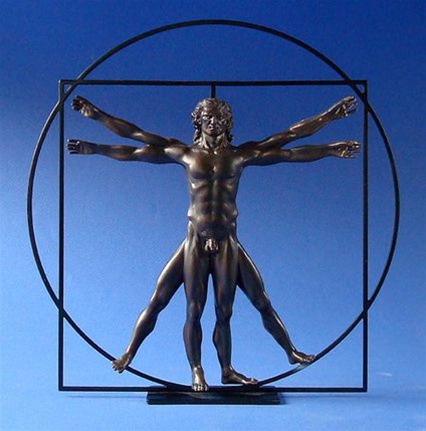
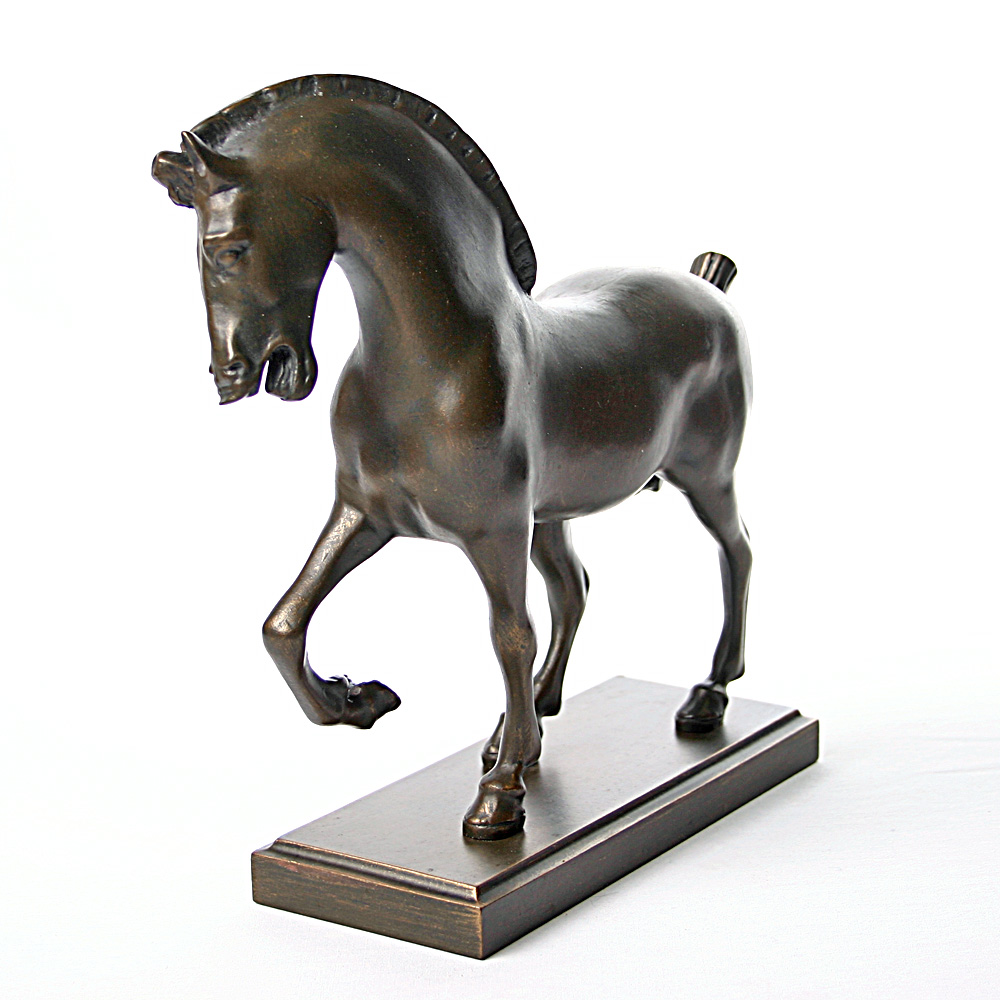
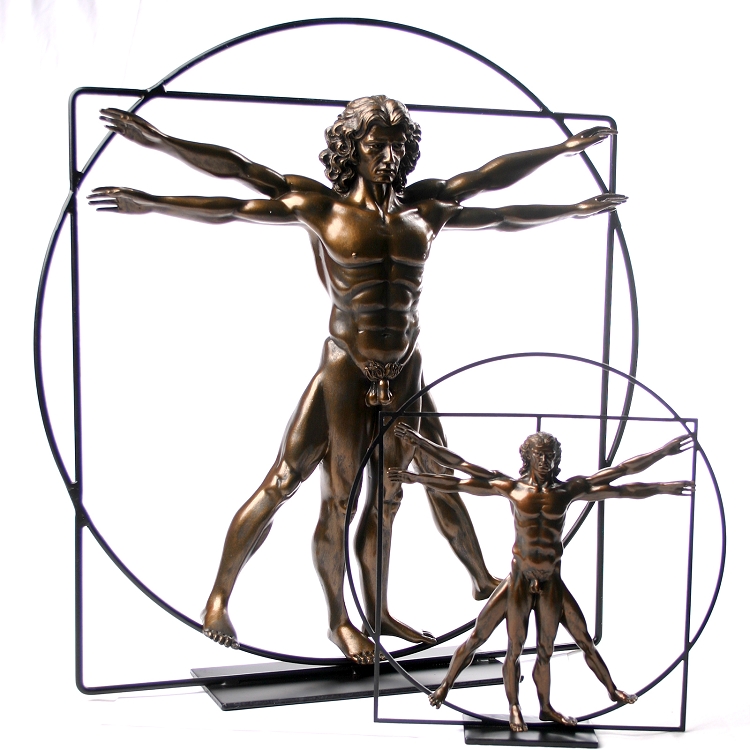
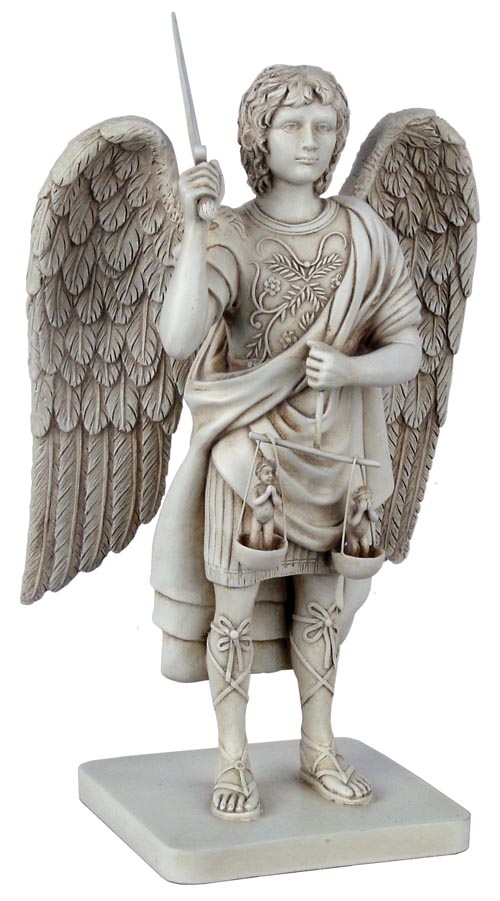
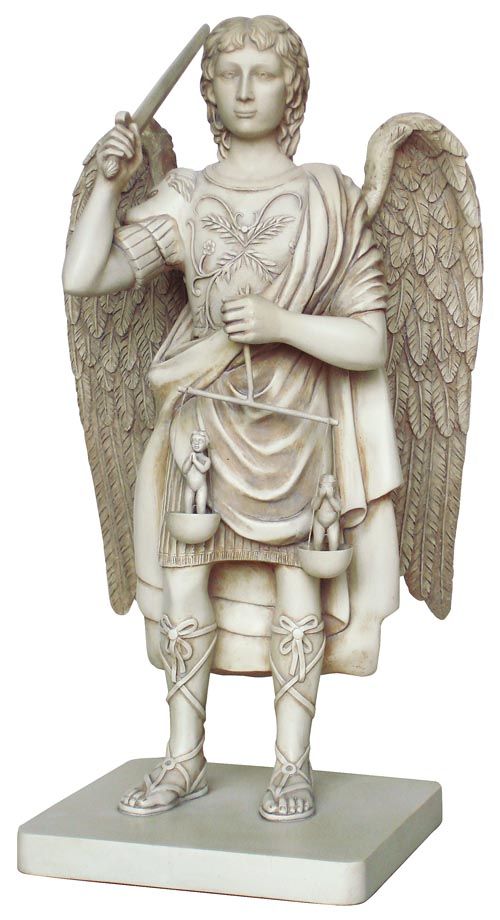
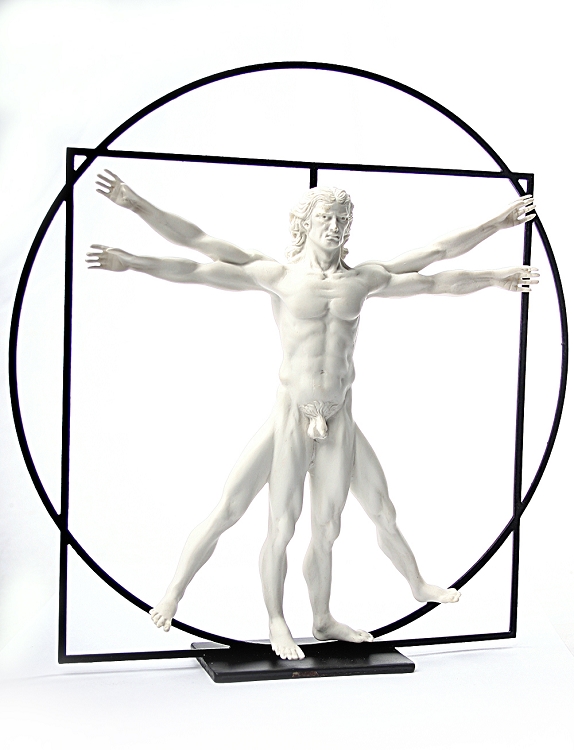

Reviews
There are no reviews yet.